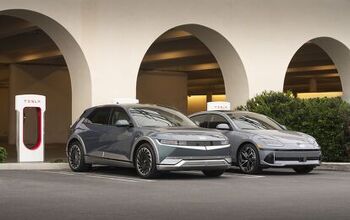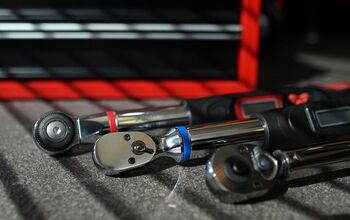Foreign Automakers Cashing in on 'Made in America' Trend
Are you more likely to by a car that’s been made in the good ol’ U.S. of A.? Chances are the answer is “yes,” according to a recent Harris Poll survey.
It’s cool once again to show your sense of national pride, and advertisers are banking on it. When a product says it’s “Made in America,” we are more likely to buy that product. And foreign carmakers are picking up on this trend and cashing in. By building cars in the U.S., they hope to attract these proud American customers. Just a few examples of carmakers who are putting so much faith in this trend include Kia, who is opening up a plant in West Point, and Volkswagen, who will soon open its new plant in Tennessee.
As for the motivation for these carmakers, the numbers speak for themselves – about 61 percent of Americans say they are more likely to purchase something when it is “Made in America,” while only 3 percent say they are less likely to buy it. And sitting on the fence is 35 percent of U.S. adults who say they are neither more nor less likely to purchase a product when an ad emphasizes it is “Made in America.”
Another interesting factor that plays a role in purchasing American products is age. The older you are, the more likely you are to buy U.S.-made goods. About three-quarters of U.S. adults aged 55 and over say an ad saying a product is “Made in America” would make them more likely to buy a product. That goes for two-thirds of those aged 45-54 and three in five of those 35-44. Younger Americans are the least likely to buy American, with just 44 percent of those ages 18-34 saying an ad emphasizing a product is “Made in America” would make them more likely to purchase it.
There are, of course, other reasons for automakers to build their vehicles where they sell them, including the obvious cost of shipping a vehicle for overseas, as well as tax incentives. Nevertheless, the “made in America” numbers don’t lie.
[Source: Media Post]
More by Amy Tokic
































Comments
Join the conversation